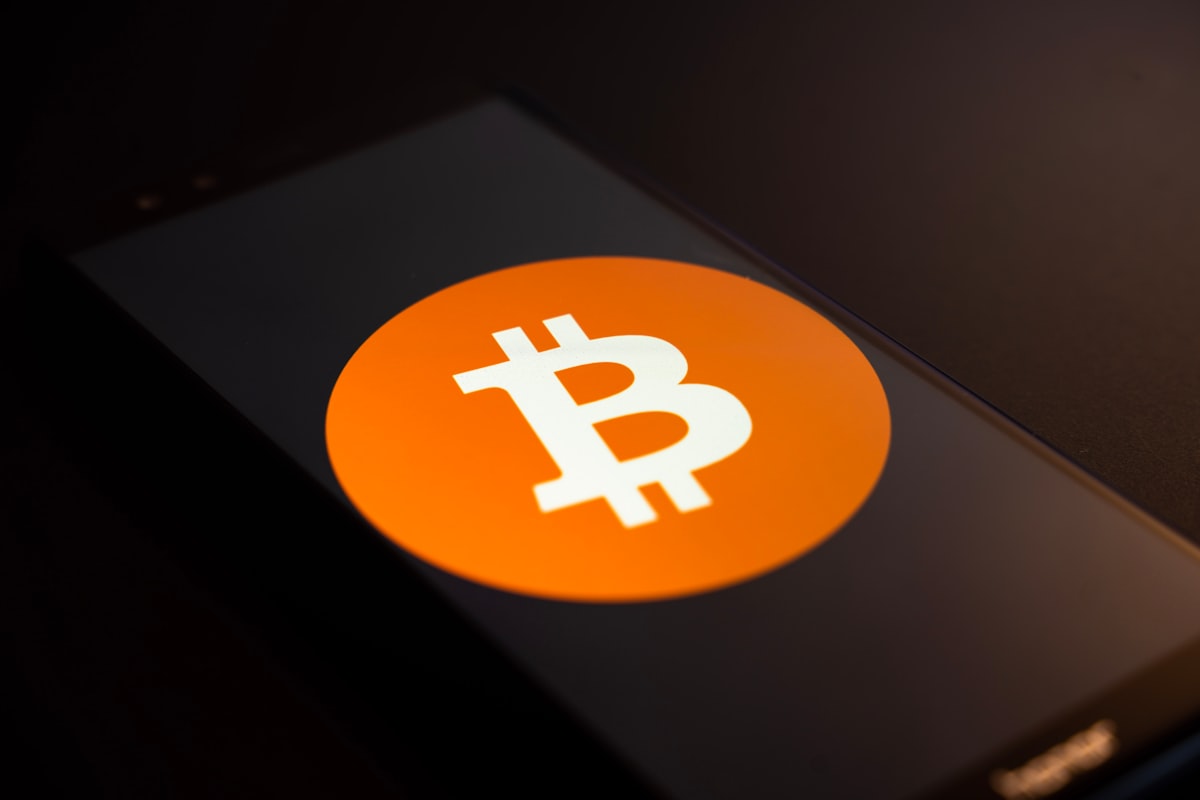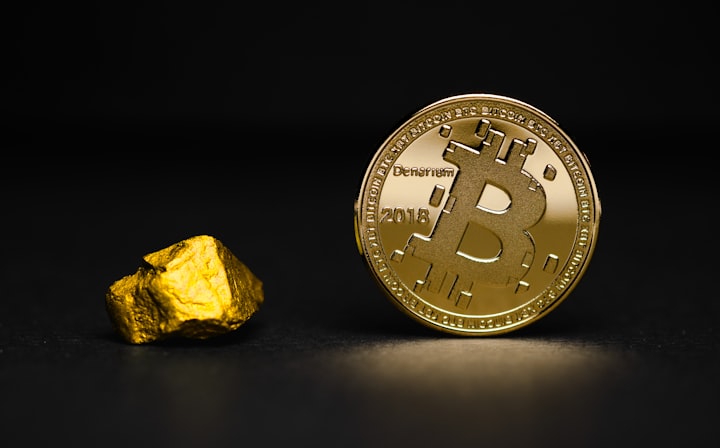Bitcoin's Terminal Inflation Rate of Zero

Bitcoin is a decentralized digital currency that uses cryptography for secure financial transactions. One of the key features of bitcoin is its terminal inflation rate of zero, which means that the supply of bitcoin will eventually reach a maximum and will not increase beyond that point.
The total supply of bitcoin is limited to 21 million coins, and the rate at which new bitcoins are released into circulation is predetermined by the bitcoin protocol. The rate at which new bitcoins are released into circulation is halved approximately every four years, and the rate will continue to decrease until all 21 million bitcoins have been released. This means that the terminal inflation rate of bitcoin is zero, as there will be no more new bitcoins created once the total supply has been reached.
The terminal inflation rate of zero is one of the key characteristics of bitcoin and is a major factor in its value. Because the supply of bitcoin is fixed and cannot be increased, it is considered a deflationary currency. This means that the value of bitcoin is likely to increase over time, as the demand for it increases but the supply remains constant.
One of the simplest #Bitcoin features is very hard for pre-coiners to fully grasp: 4 year halving cycles.
— Walker⚡️ (@WalkerAmerica) January 9, 2023
Every 4 years, the reward per block is cut in half.
There will only ever be 21M bitcoin & over 90% have already been mined.
You are not prepared.pic.twitter.com/1gAgm39Imv
However, it is important to note that the terminal inflation rate of zero does not mean that the value of bitcoin will necessarily increase indefinitely. Like all investments, bitcoin carries risks and there is no guarantee of its future value. It is important for investors to carefully consider these risks and to conduct thorough research before making any investment decisions.



Comments ()